Kindergarten Back to School Centers
Are you ready for back to school? It'll be here before you know it! Do you ever feel like there's so much to get done, and never enough time to do it? There's organizing to do, labels to be made, bulletin boards to get ready, and kindergarten back to school centers to be planned.
And while I can't help you put up bulletin boards (although I'd love to!), I can help you plan centers.
That's why today's blog post is full of great Kindergarten Back to School Centers! I've also put together a little freebie that I'll share with you at the end of this blog post.
Back to School Centers for Kindergarten
Letter Match
Students match the uppercase letter cards to the lowercase letters on the mat. There's also picture cards included for students who are ready to work on beginning sounds.
Mats and letter/picture cards are color coded, so there is no confusion. An optional recording sheet is included for students to record their work.
A Work of Art
Students identify of the letter on the card. They find the matching letter on their paper. Using the color that is on the card, they trace the letter on the paper.
Write and Wipe
Number Order to 5
Two sets of number order practice cards are included – numbers to 5 and 10. Students put the numbers in order and then do the same on the recording sheet. An optional number line is included.
Numbers and Shapes, Oh My!
Lunch Time
Students practice counting on within 5 in this center. They start counting at the number on the crayon and use the crayons on the right to count on. You can use bingo dabbers or crayons for students to record their answers.
You can check out all 23 back to school math and literacy centers here.
Back to School Freebie
I made this activity years ago using ketchup and mustard cut outs from the Dollar Tree. When I shared it with teachers, those cut outs were easy to find. But as years passed, they either don't carry them anymore or they are incredibly hard to find – because I haven't seen them in ages!
So I remade it, but the letters and numbers cards are included for you.
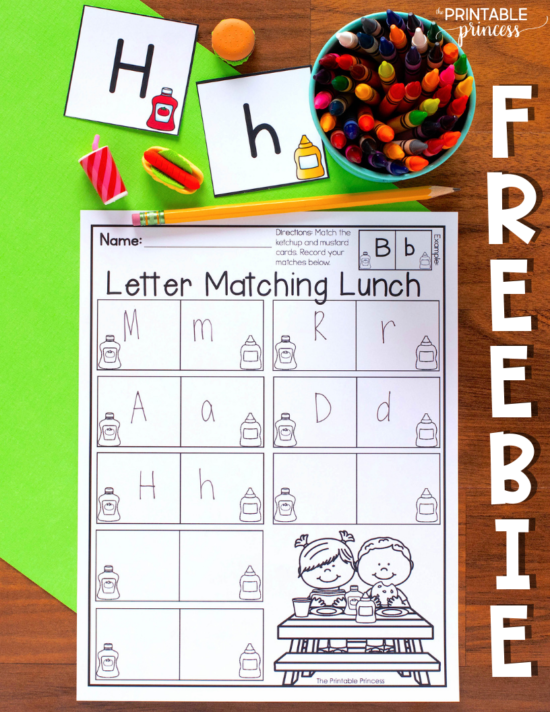
You'll want to print, laminate, and cut apart the “I Can” cards and the matching cards. Print a recording sheet for your students. Students match the ketchup and mustard cards (or the scissors and glue) to create a match. They record their matches on the recording sheet.
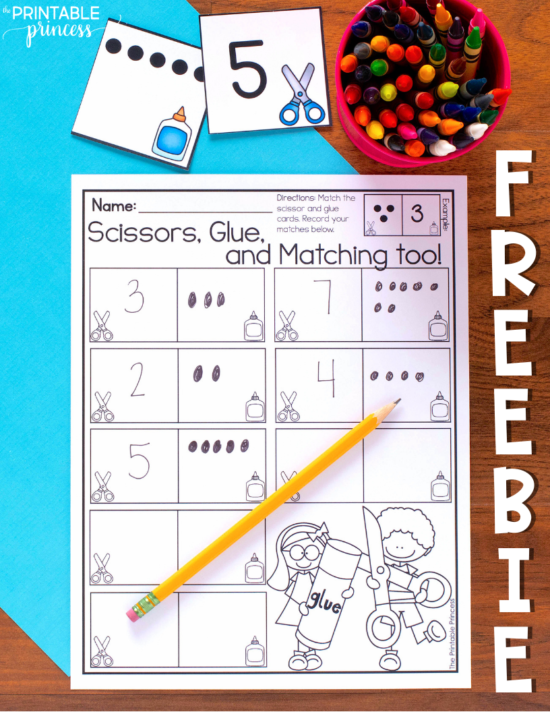
You can download the back to school freebie by clicking here.
Thanks so much for reading along as I shared about our Kindergarten Back to School centers! For more back to school ideas click here.

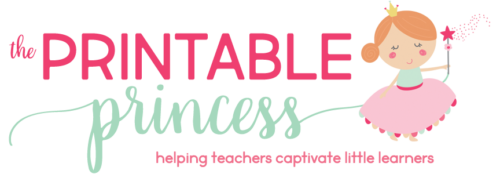
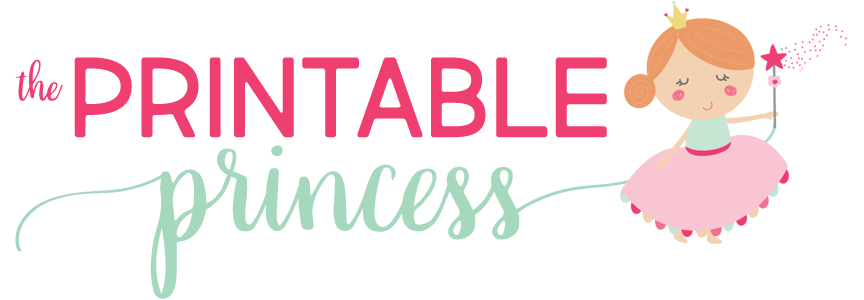
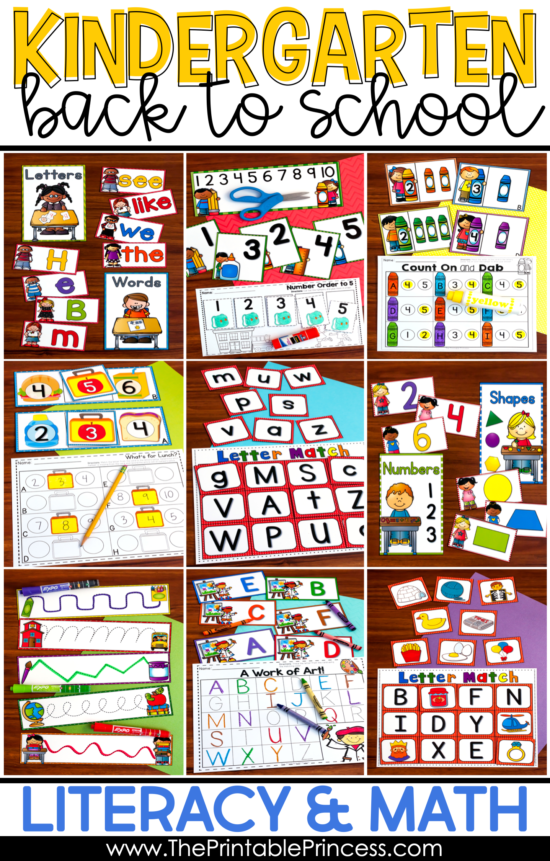
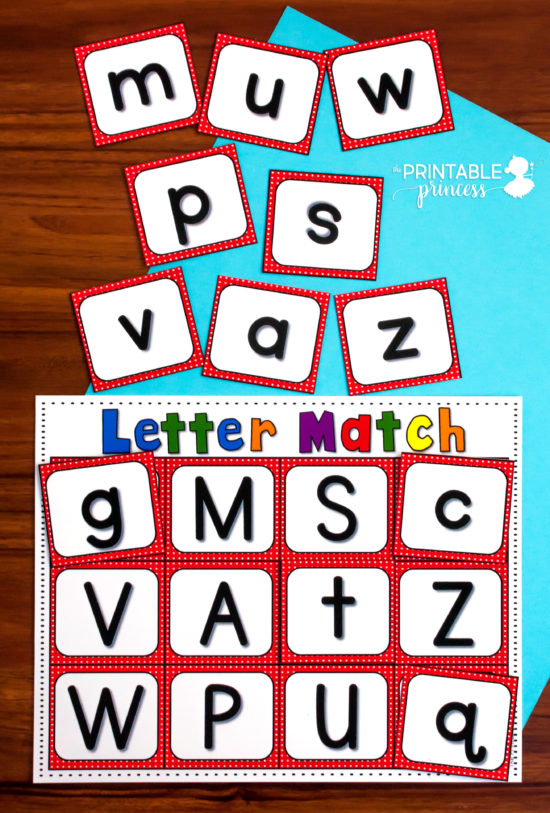
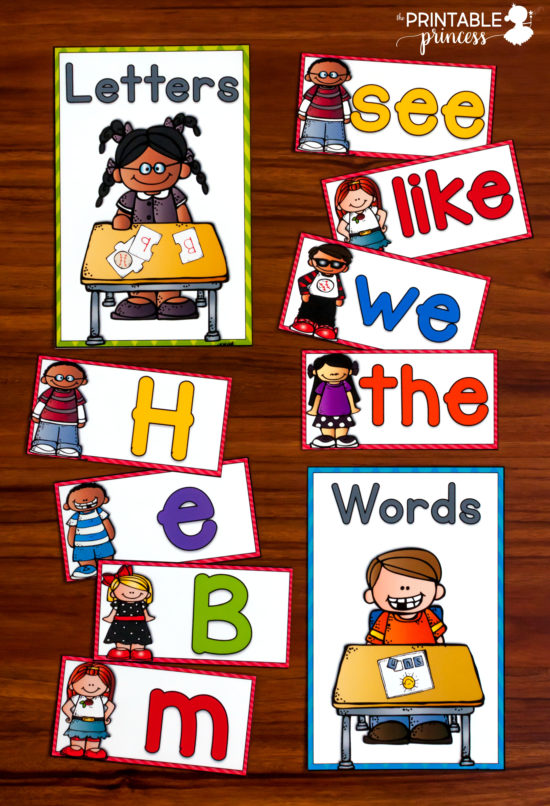
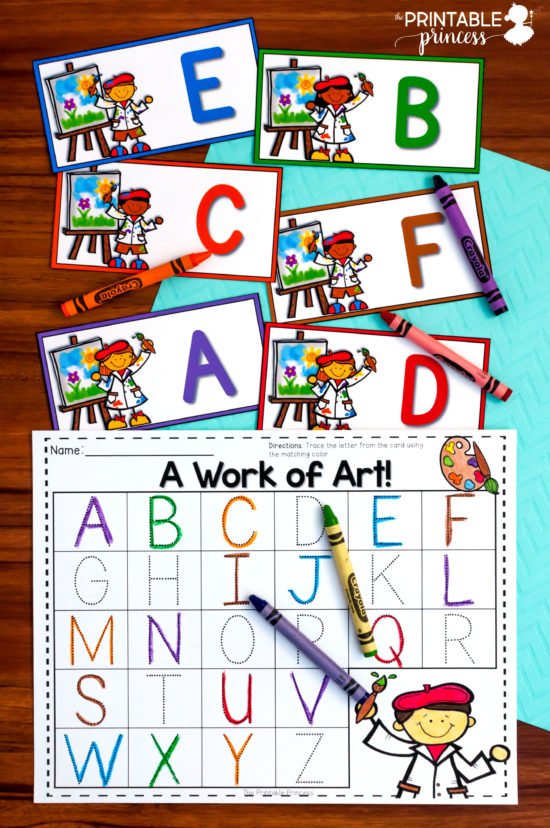
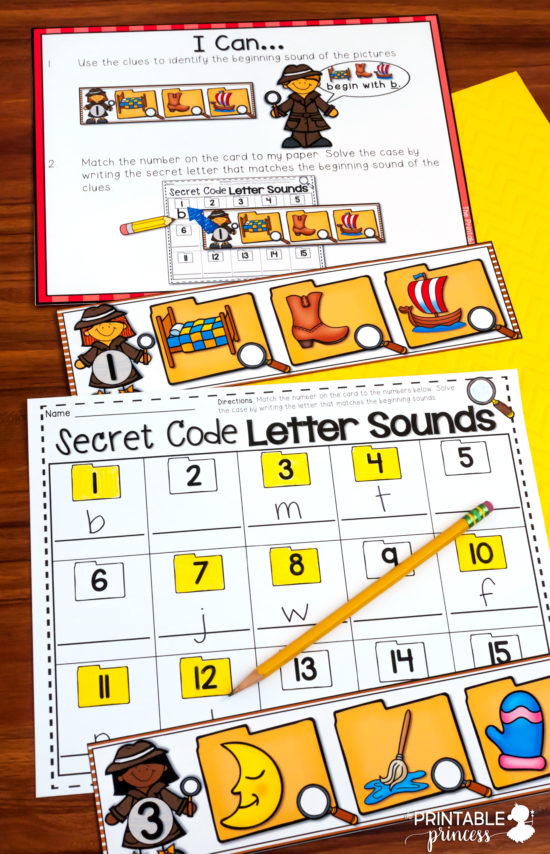
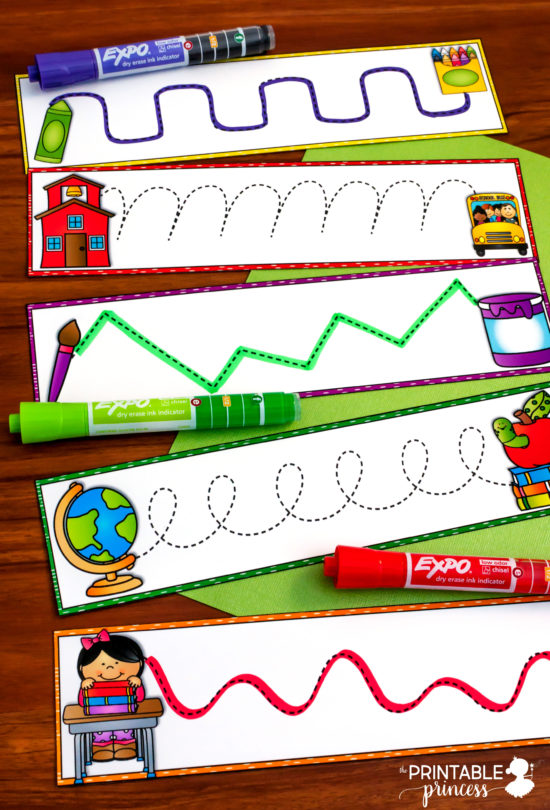
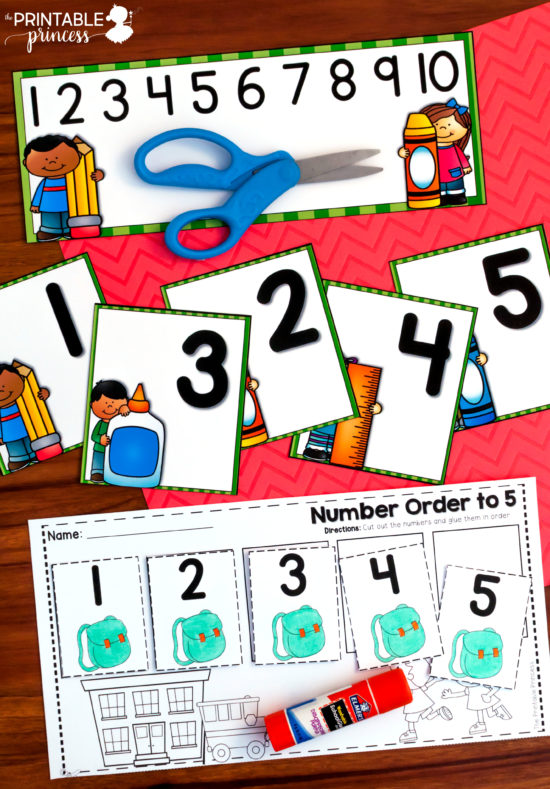
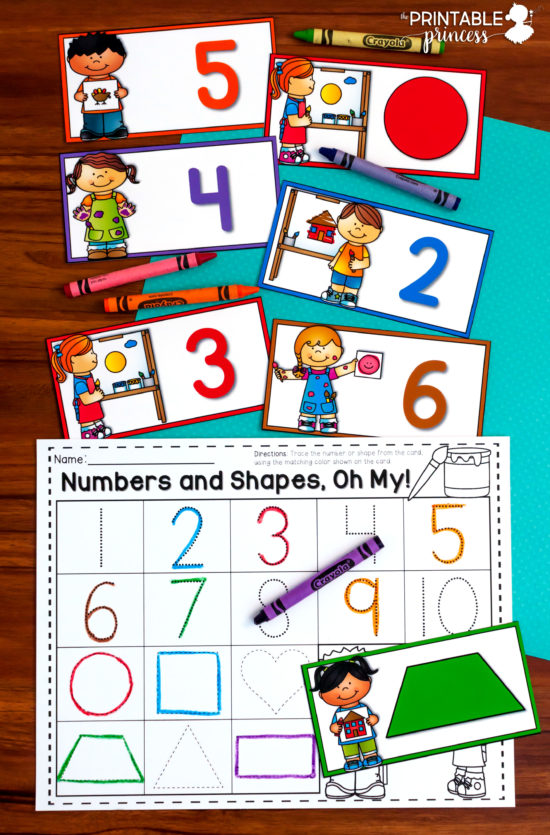
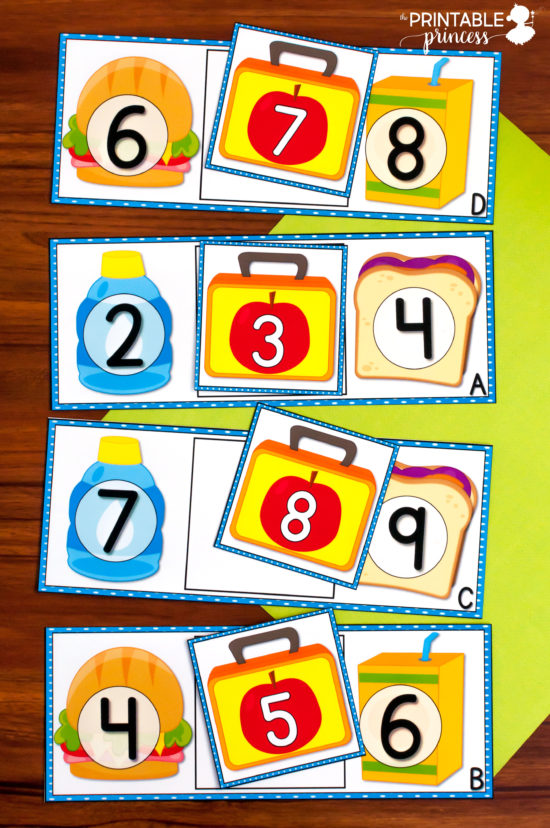
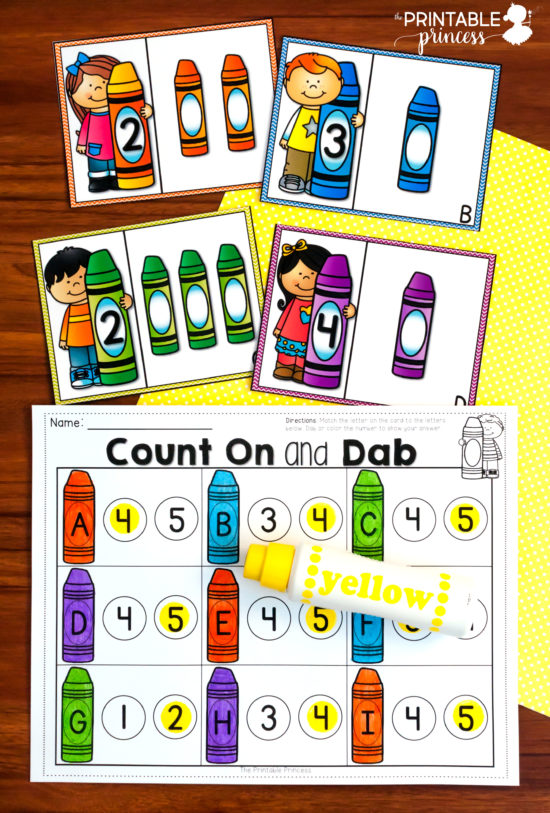
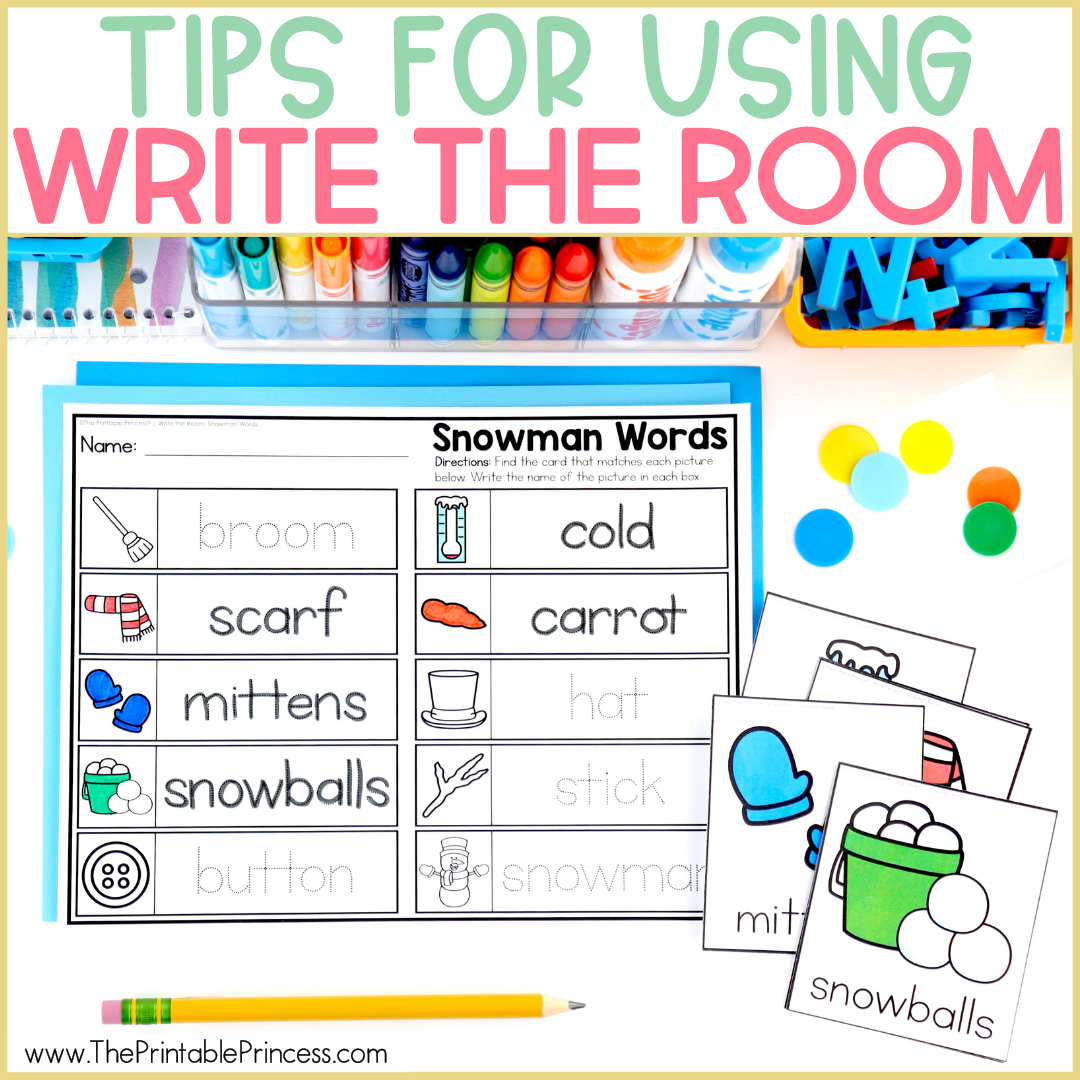

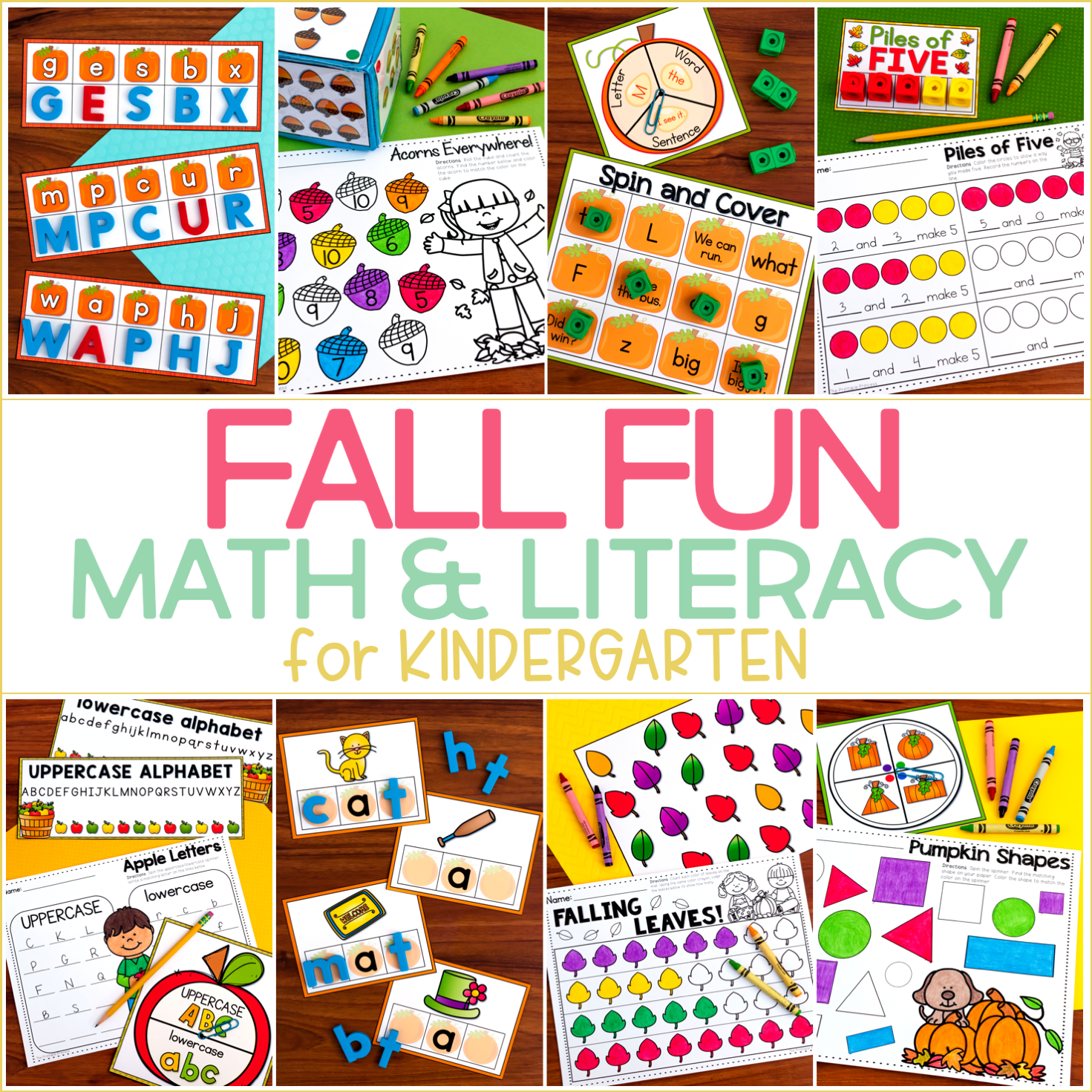
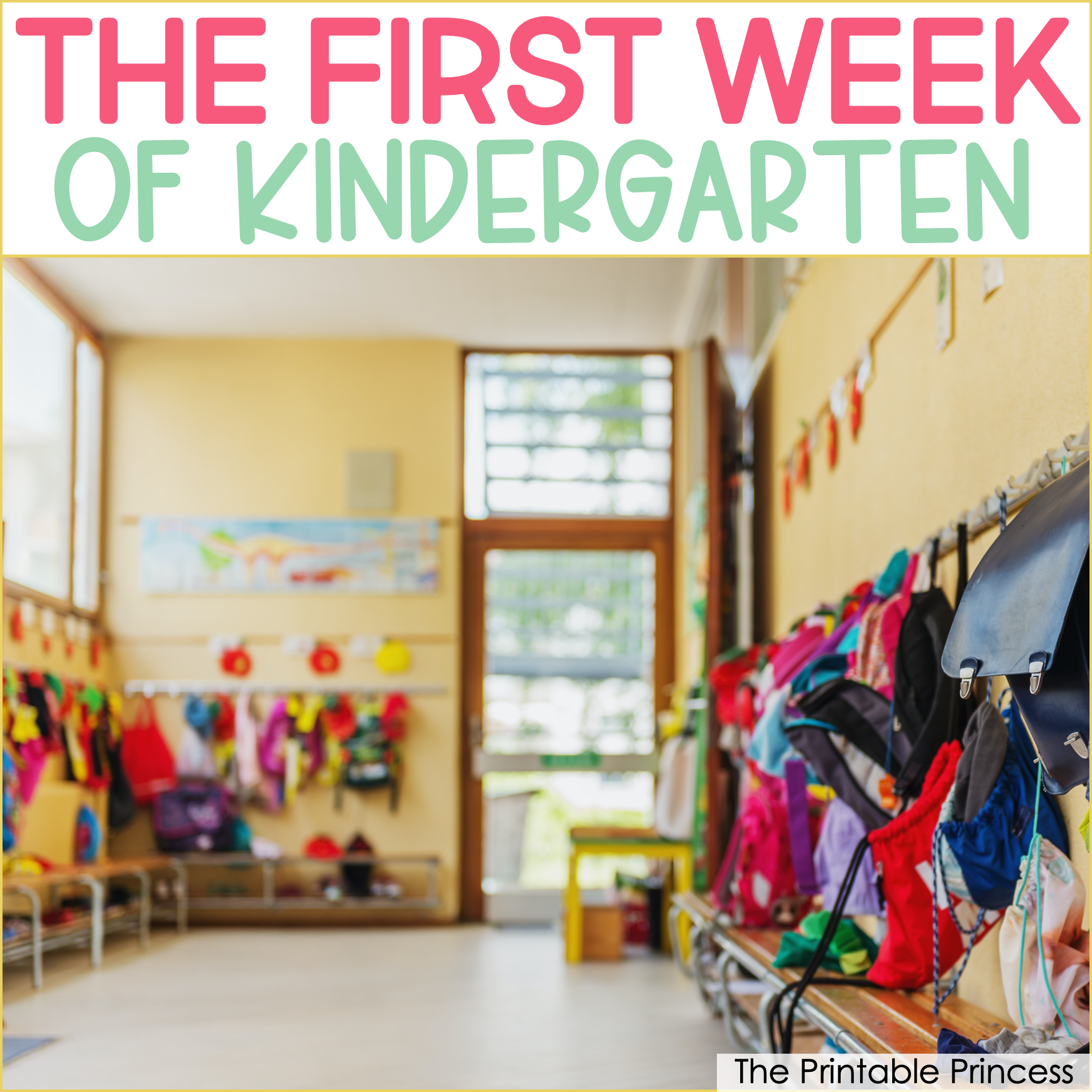
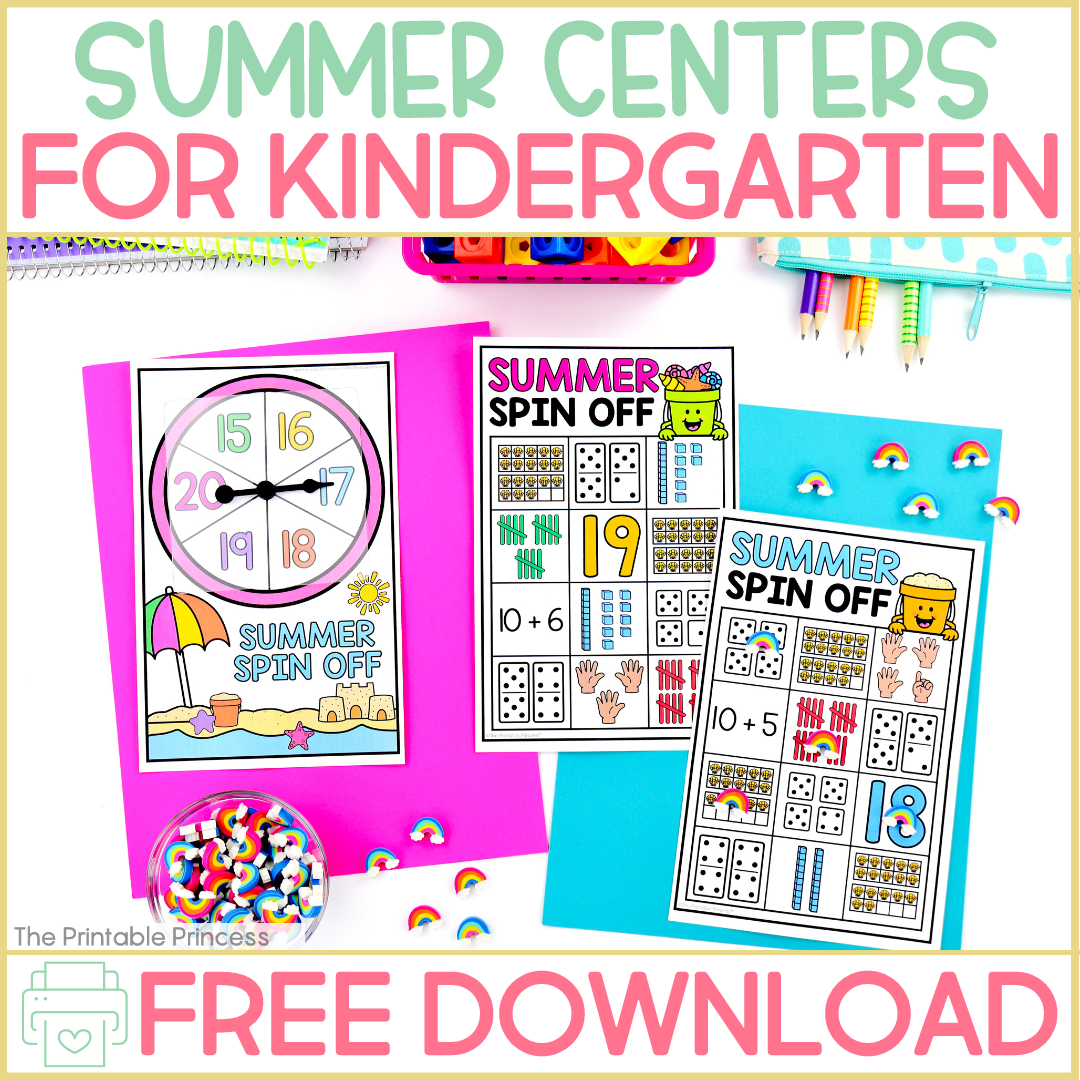
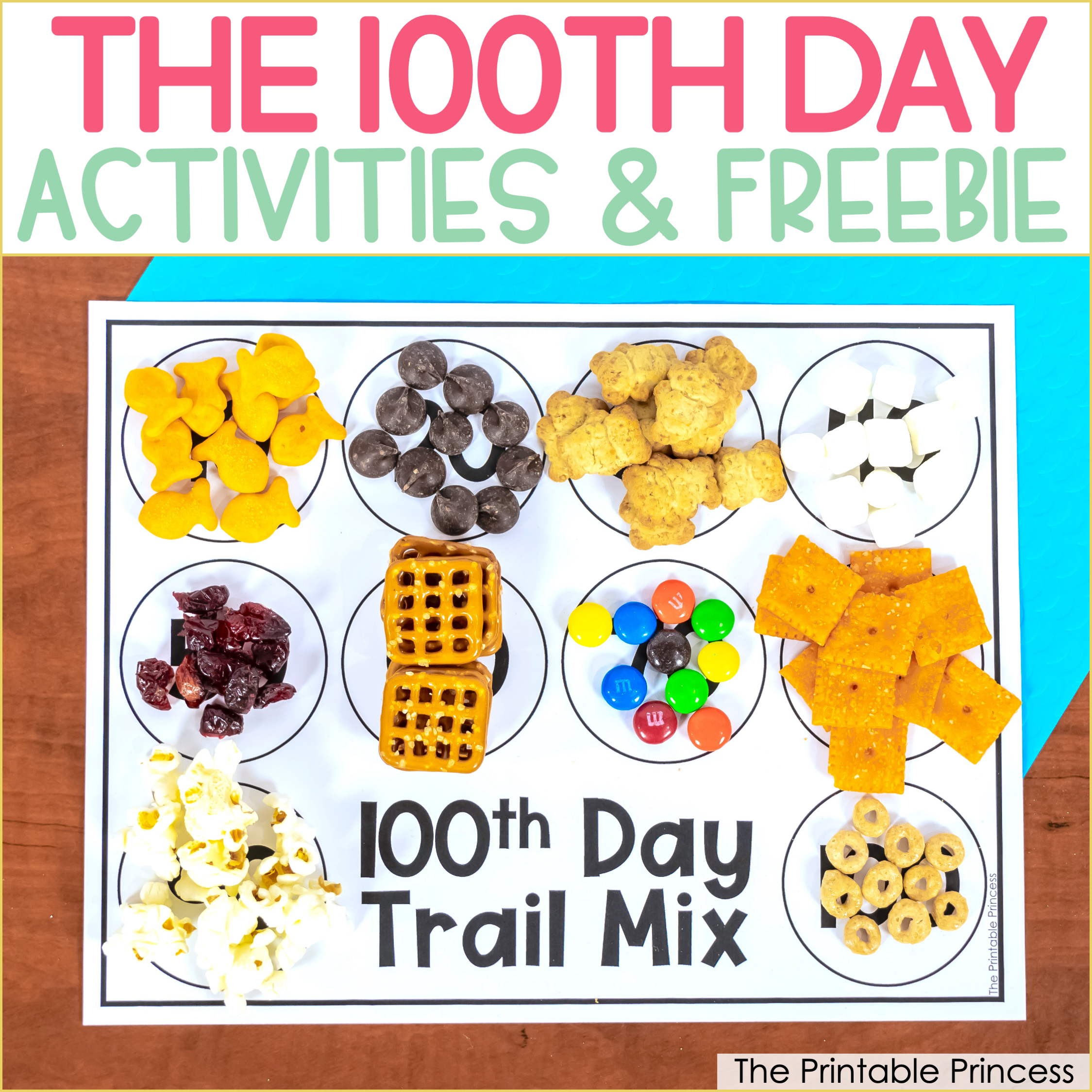
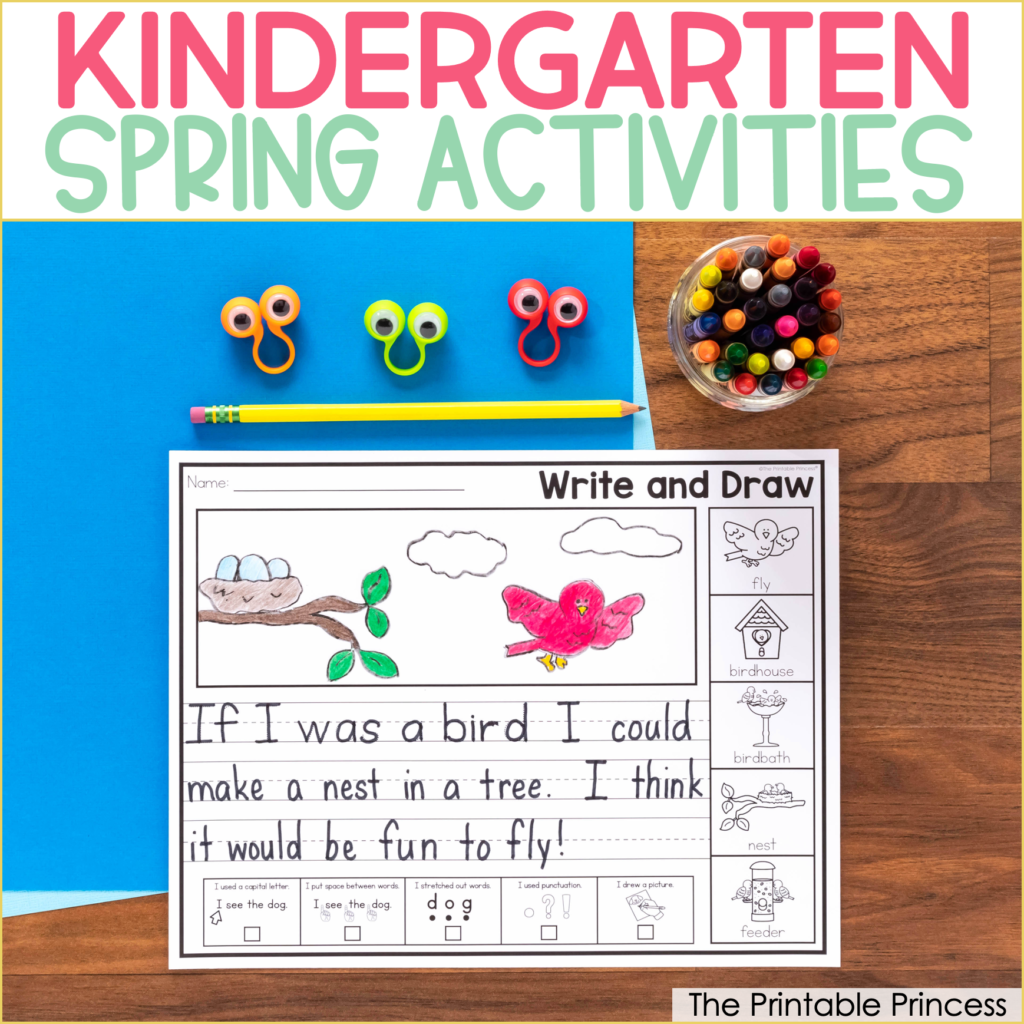
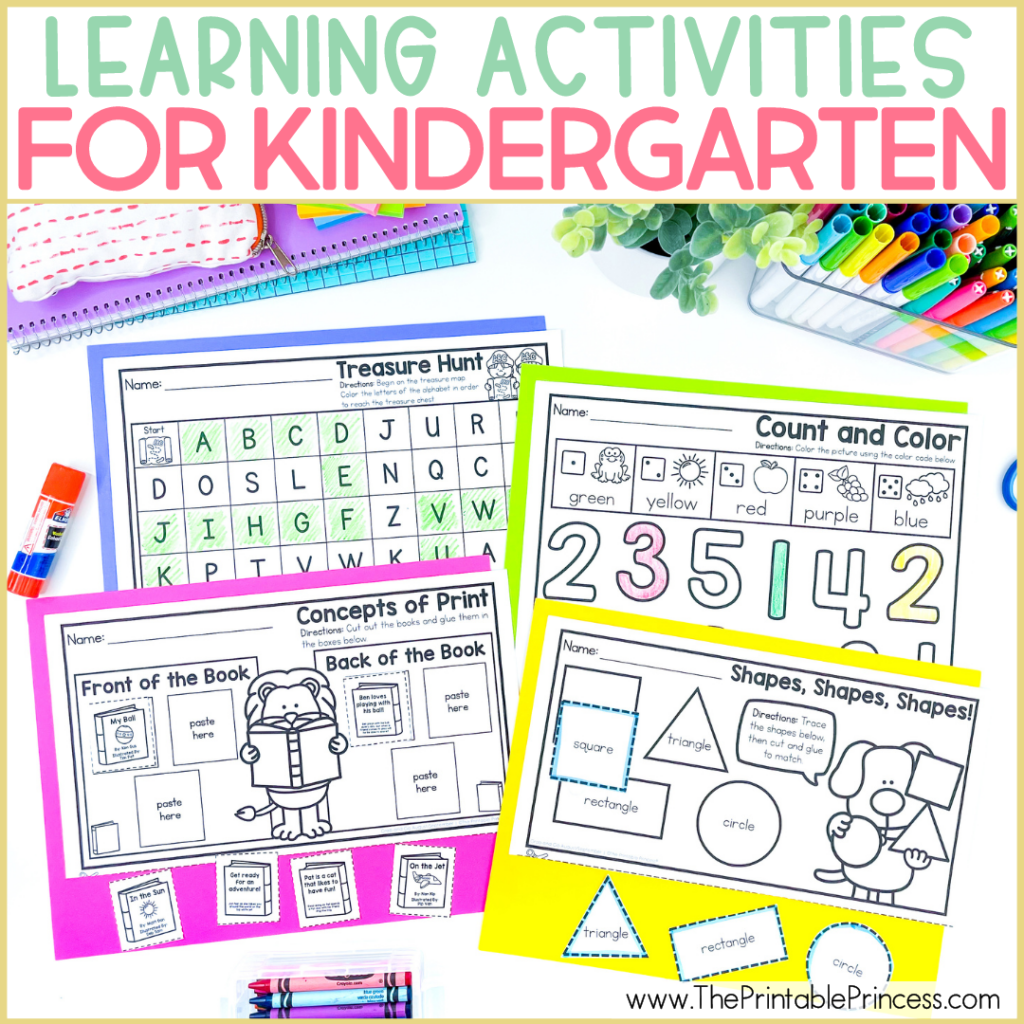
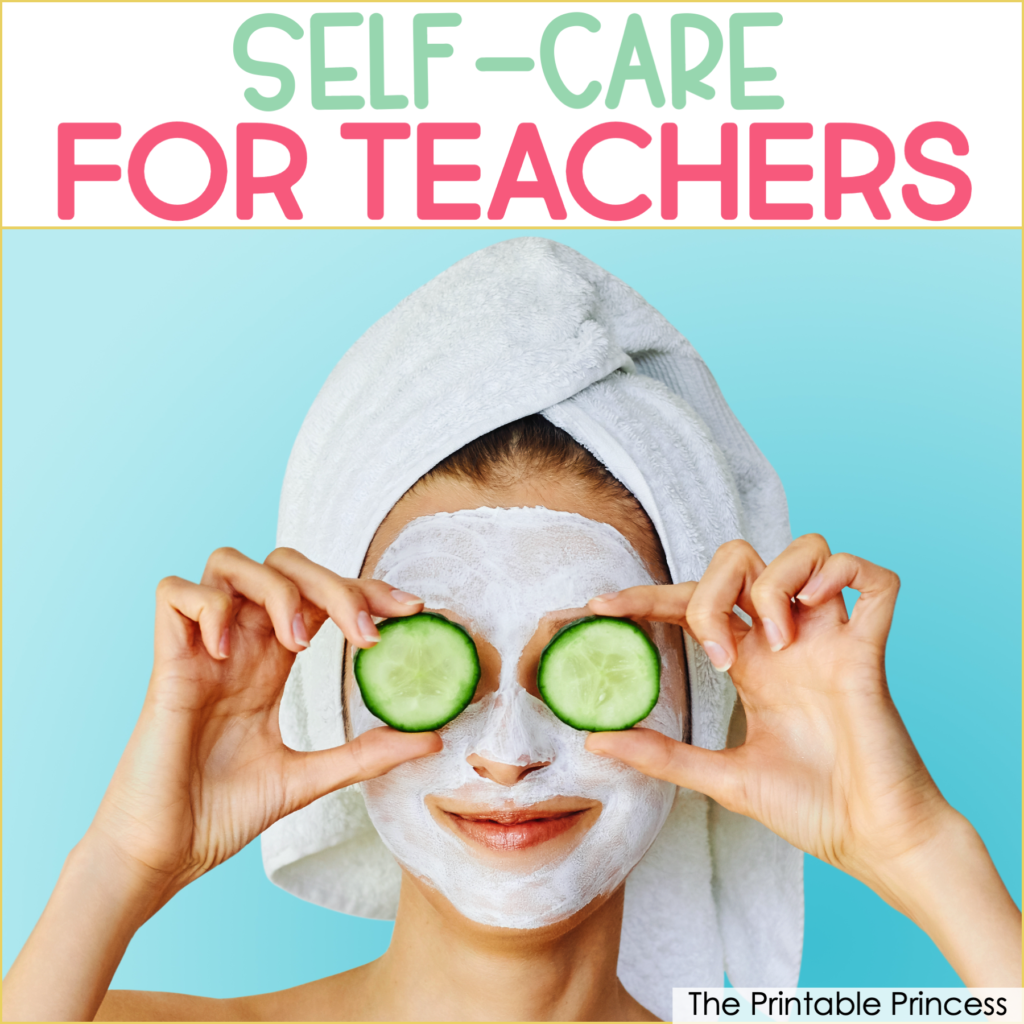
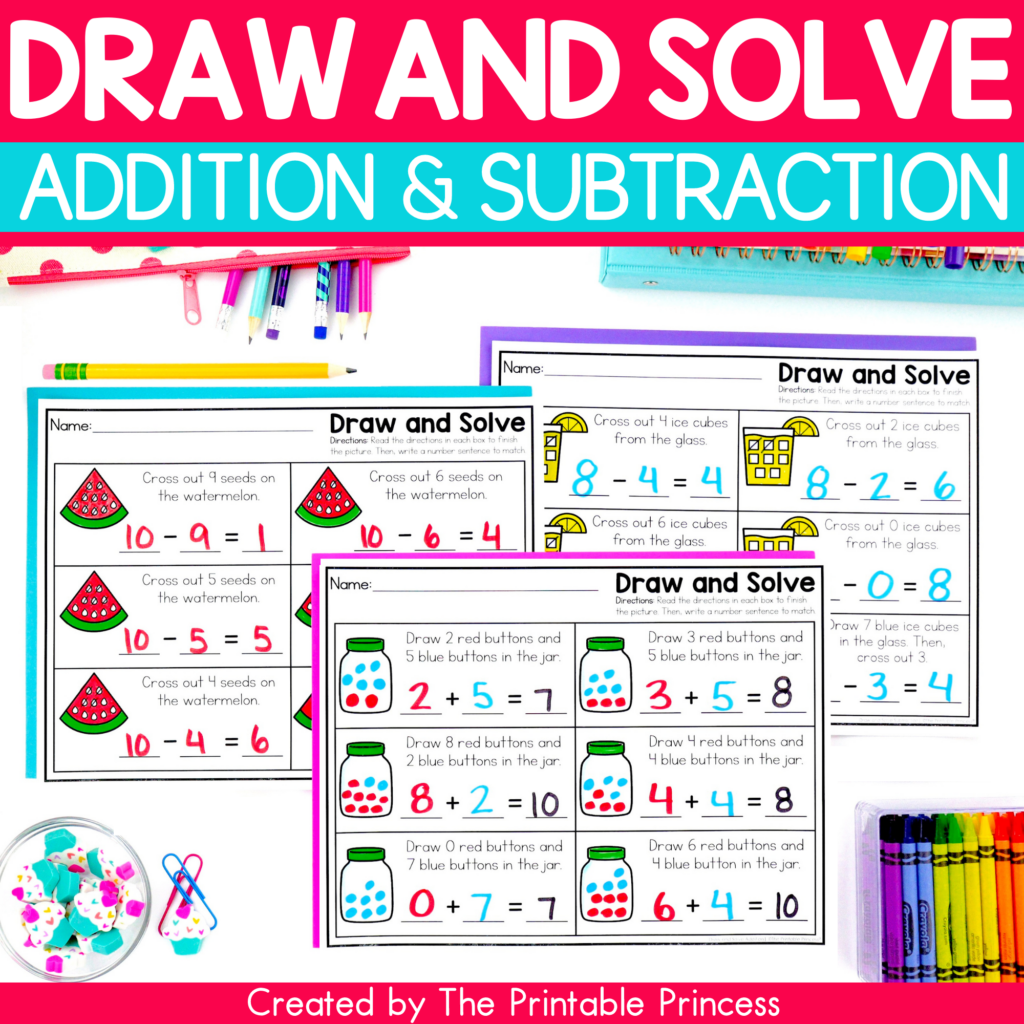
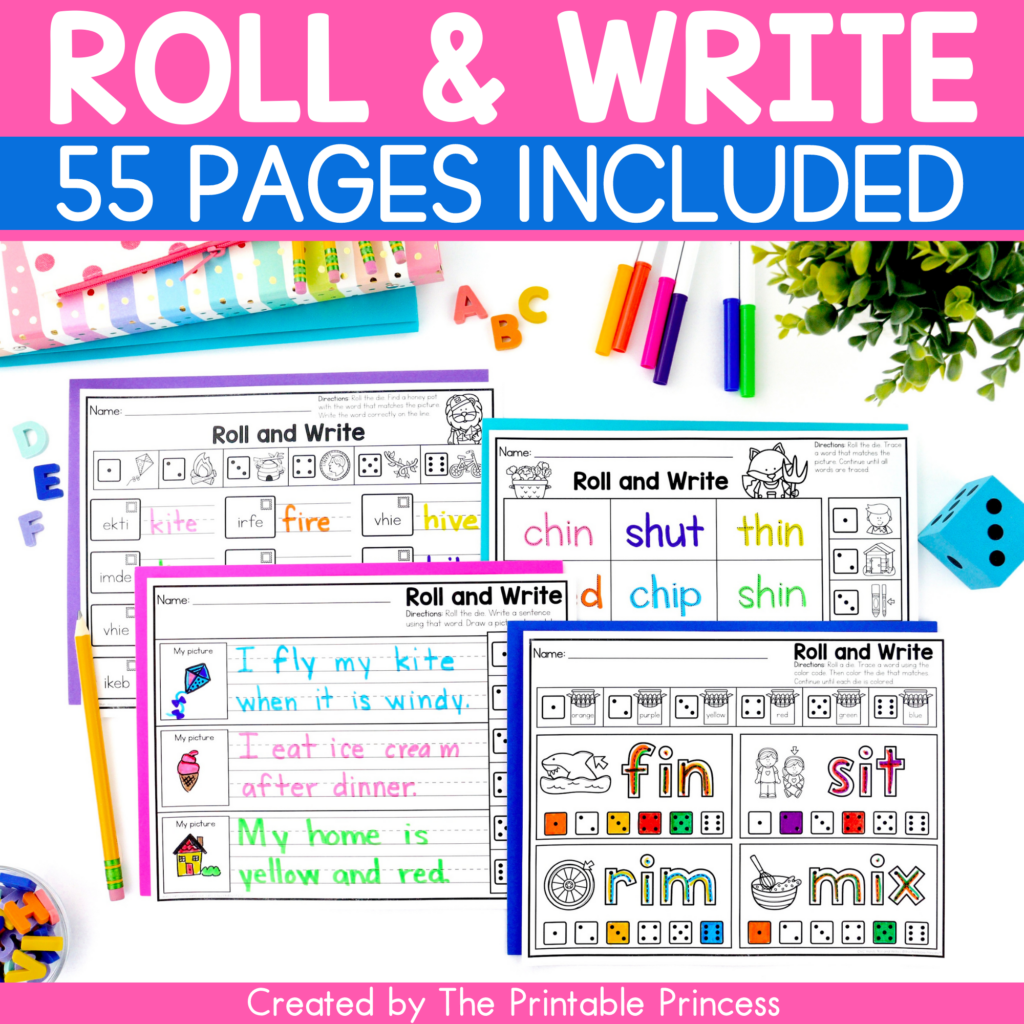
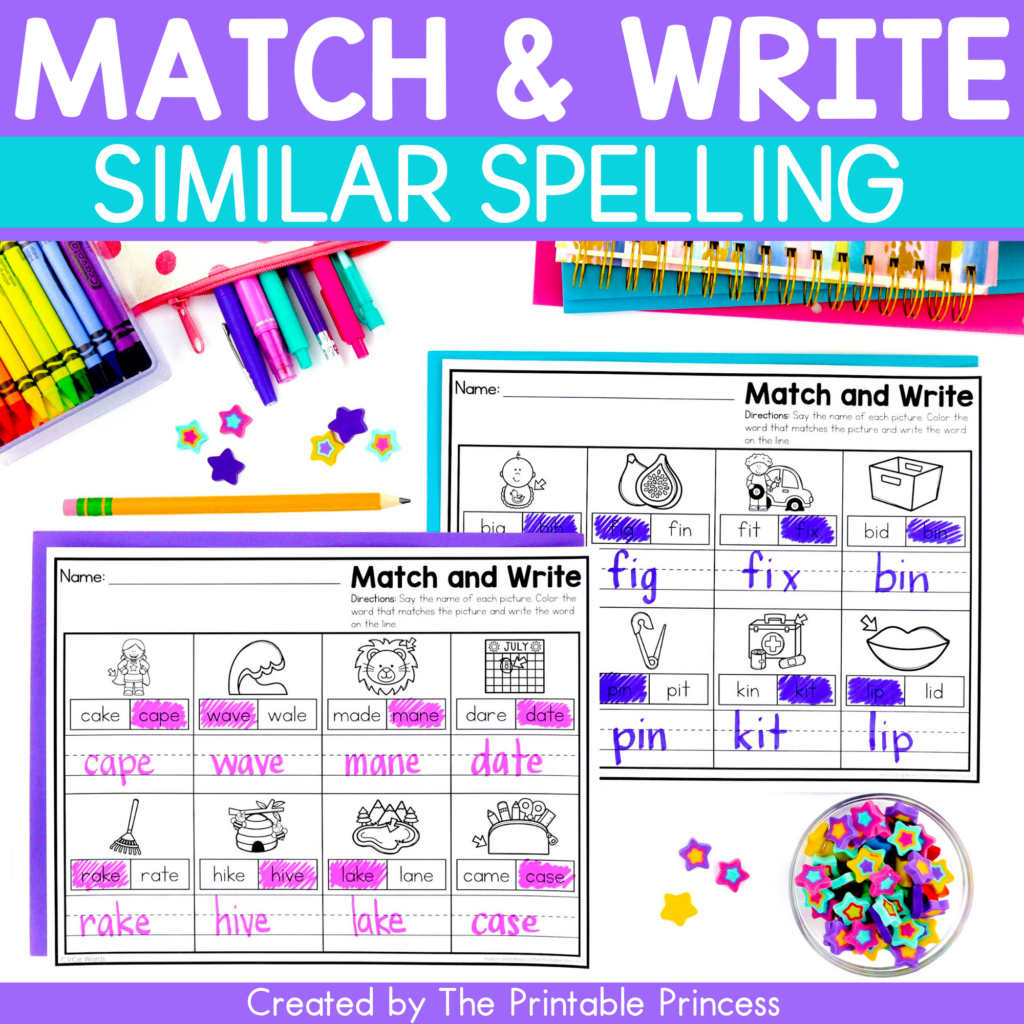
Excellent for my students.THANKS. LOVE THESE.
Love this post, so many great ideas! Any chance you could create a letter matching recording sheet for the milk and cookie cutout from Dollar Tree? I’ll happily pay for them.
Thanks
Hi Lynn,
You can find the milk and cookies activity here: https://www.theprintableprincess.com/december-math-and-literacy-fun/
-Melissa
Love love love your ideas! Thanks so much!
I love your centers. This is my 10th year of teaching K and I like when I find cute new ideas! Thanks for sharing!!!
I LOVE these letter matching and number matching Dollar Tree centers you made!! What a great beginning of the year center! Time for me to head to the Dollar Tree! Thanks for sharing! 🙂
Carlee Van Ness
The Kindergarten Press
The Dollar Tree centers are so cute! Thank you for sharing
You're welcome, Carmen! Thanks so much for stopping by! 🙂
-Melissa
How many packages of the ketchup/mustard do you need to do the alphabet matching?
You'll need 3 packs as there are only 24 in ea. pack and you'll need 52 to make both upper and lower case letters. You'll have some blanks leftover for some other piece of goodness tho!
hi Lee Ann,
You would need 3 packages of cut-outs (52 total pieces) to make a match for all 26 letters of the alphabet. During the first few weeks of school, I don't give my students all of the letters to match-up because that can be a lot of pieces and overwhelming for a Kinder brand new to the classroom, especially the little guys who are new to letter recognition. For the recording sheet they only need 8 matches, which is what I will give them at first so that they can be successful. A few weeks later I would give them the whole set and use the recording sheet again. Hope that helps!!
-Melissa
Thank you SO much! These were wonderful ideas!
Aww, thank you! I'm so glad you like them. Thanks so much for stopping by.
I love the idea of using those cut outs to create a center! I saw them at the store and was wondering what teachers were suppose to do with them. Thank you for creating the worksheets to go with them.
They are great for centers! Once laminated, they are pretty durable. And a recording sheet is a must!! Glad you love them! 🙂
Hi I was just wondering if it is at all possible for you to post a clear individual picture of each cut out so it can be copied and laminated in order for us to use the worksheets. I live in Australia (and I understand these are a year old so may not be available still) but would appreciate this if possible?
I was JUST @ The Dollar Tree Store yesterday and completely ignored these cut outs, choosing another set. I'm going to have to go back! Thanks for the idea. I'll modify it for my 3rd graders with synonyms or the alphabet in cursive!
What a great idea to use cursive for older students!!! So glad you are able to use them! 🙂
-Melissa